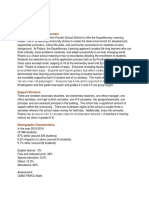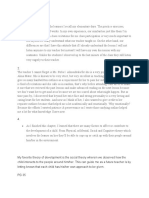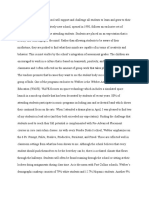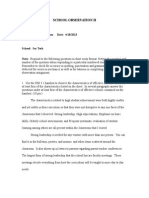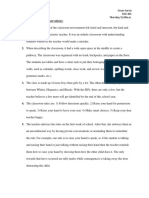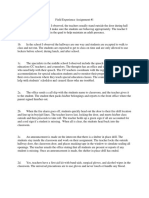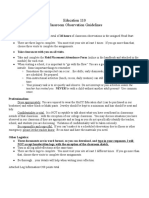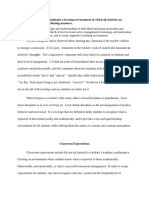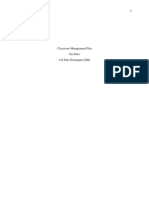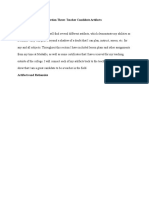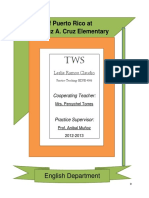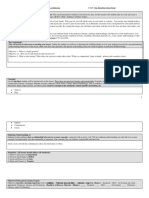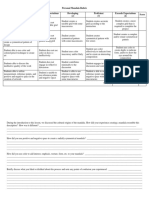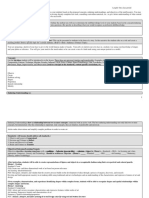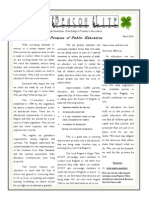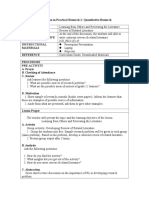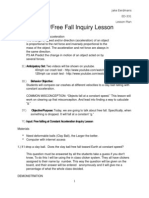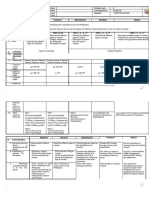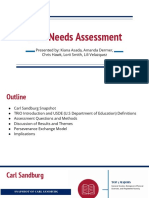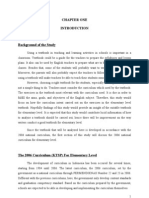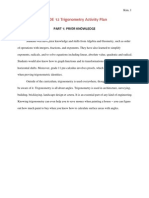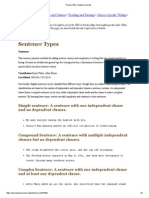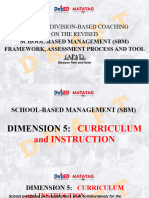0% found this document useful (0 votes)
98 views6 pagesSetting and Context-Portfolio
Polaris Expeditionary Learning School in Fort Collins, Colorado has a student population that is more non-Hispanic white and has a higher socioeconomic status than the overall school district. The kindergarten classroom of 18 students emphasizes student responsibility and independence. The students are diverse in their abilities, behaviors, and levels of engagement in the classroom.
Uploaded by
api-348662273Copyright
© © All Rights Reserved
We take content rights seriously. If you suspect this is your content, claim it here.
Available Formats
Download as DOCX, PDF, TXT or read online on Scribd
0% found this document useful (0 votes)
98 views6 pagesSetting and Context-Portfolio
Polaris Expeditionary Learning School in Fort Collins, Colorado has a student population that is more non-Hispanic white and has a higher socioeconomic status than the overall school district. The kindergarten classroom of 18 students emphasizes student responsibility and independence. The students are diverse in their abilities, behaviors, and levels of engagement in the classroom.
Uploaded by
api-348662273Copyright
© © All Rights Reserved
We take content rights seriously. If you suspect this is your content, claim it here.
Available Formats
Download as DOCX, PDF, TXT or read online on Scribd
/ 6

















